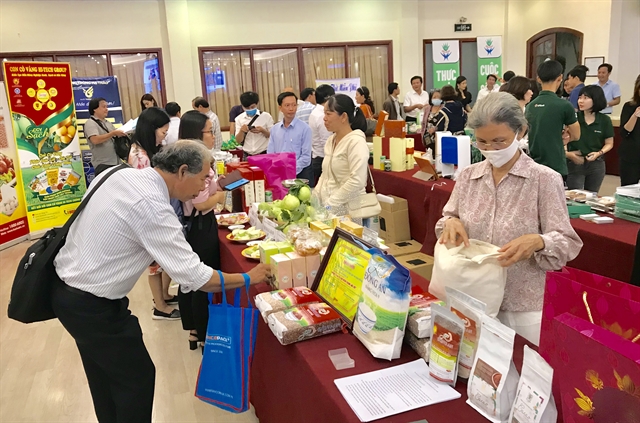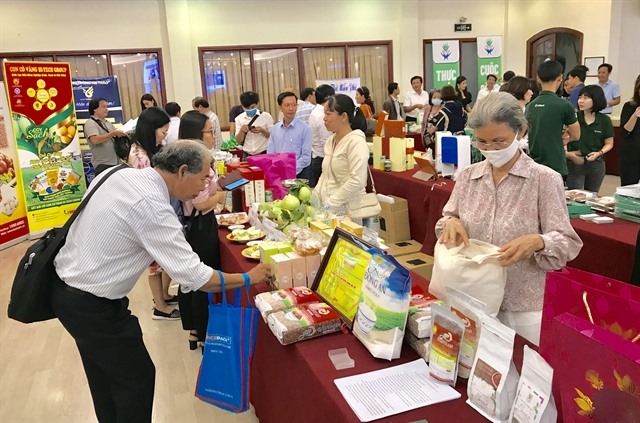[ad_1]
- EVFTA offers a way to post-pandemic growth
- Deputies, experts, businesses on EVFTA approval
- EVFTA, EVIPA approved to boost VN-EU economic, trade relations
- SMEs urged to have deep understanding on EVFTA
- Traceability is challenge for Việt Nam’s handicraft exports to EU

HCM CITY — Việt Nam is continuing its institutional reform commitments made in the historic EU-Việt Nam Free Trade Agreement (EVFTA) in an aim to boost exports of agricultural products and attract more investment from the EU trading bloc.
Võ Tân Thành, vice chairman of the Việt Nam Chamber of Commerce and Industry (VCCI), said the country has made huge progress in administrative reform and improvement of the business environment.
“After the EVFTA took effect in August, exports to the EU in August and September increased by 4.2 per cent compared to the same period last year. In September alone, exports increased by more than 14 per cent year-on-year,” he said.
However, the EU is a highly demanding market and exporters must meet its food safety standards and management procedures, and provide transparent information about their labour force and working environment, he noted.
European consumers prefer high-quality products, especially those that are organic or fair trade, or have geographical indications, according to Thành.
He urged farmers to gradually shift from traditional to more sustainable cultivation, and to adhere to food safety and hygiene regulations in the EVFTA and other FTAs.
Exporters must also follow the rules of origin (RO) and engage in corporate social responsibility (CSR), sustainable development and environmental protection, said Thành, who spoke at a conference on Vietanmese farm produce exports to the EU under the EVFTA organised last week in HCM City.
Lê Duy Minh, chairman of the Việt Nam Farms and Agricultural Enterprises Association (VFAEA), noted that the EU is the third largest trade partner of Việt Nam and one of the country’s two biggest export markets. Exports of agro-forestry-fishery products to the EU stand at nearly US$5 billion per year.
Phạm Văn Duy, deputy director of of the Ministry of Agricutlure and Rural Development’s Agro-product Processing and Market Development Department, said: “The EU is a choosy market, so meeting the EU’s requirements will help businesses open the door to other markets in the world.”
He said that it was important to protect intellectual property of major agricultural products, and to promote branding, geographical indications, and traceability.
For the past decade, Vietnamese exports of agricultural, forestry and aquatic products grew more than 9 per cent on average each year.
Việt Nam’s agricultural sector will be one of the biggest winners from the EVFTA, as reductions in tariffs will increase demand and boost exports to Europe’s high-spending consumer market, according to experts.
Trade in agricultural products represents nearly 12 per cent of the total two-way trade between Việt Nam and the EU.
The trade pact abolishes 99 per cent of import tariffs over the next seven to 10 years.
With a population of more than 500 million and a combined GDP of over $15 trillion, accounting for 22 per cent of the world’s GDP, the EU is the world’s largest exporter and importer with annual trade of $3.8 trillion. — VNS
[ad_2]
Source link
